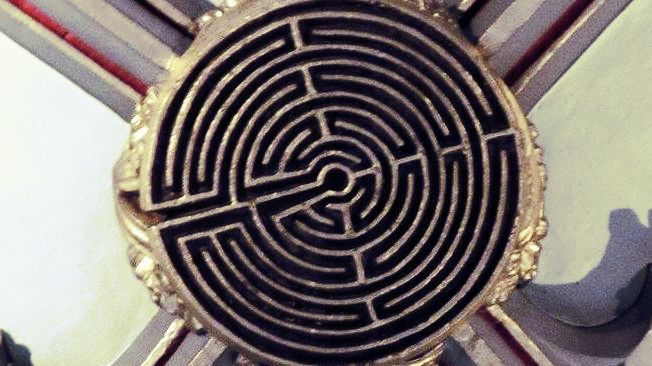North Nave Aisle
Look Up! Look Up!
Model of John Cabot's ship the Matthew
Above the North entrance to the church rests a model of John Cabot's ship the Matthew.
John Cabot's 1497 voyage of discovery
Bristol has always welcomed pilgrims, visitors and settlers. Equally, from this city many have journeyed to find new places, new experiences and new lives. John Cabot - or Giovanni Caboto (1450-1498) in Italian, meaning either coastal seaman, or, according to some 'big head' - was probably born in Genoa in 1450, but may have been from a Venetian family. In 1476 he married a young woman called Mattea (the female version of the name Matthew) and after travelling widely as a merchant, moved to England around 1490, settling in the port of Bristol.
In 1497 Cabot sailed from this port in his tiny wooden ship, the Matthew (just 70 feet long and with a crew of 18). The voyage was funded by a small consortium of wealthy Bristol merchants, including the High Sheriff, Richard Ameryk, who also obtained Royal authority for the voyage from King Henry VII. The hope was to find a sea route to Asia, sailing westwards around the northern part of the northern hemisphere. Eventually, on 24 June, 34 days after leaving England, Cabot sighted land and called it New-found-land (which he claimed for Crown and country). He and his crew went ashore in three places and brought back several pieces of evidence of their voyage, including a needle for making nets, a snare for catching animals and the jawbone of a whale.
Although the exact site of the landing is not certain, Cape Bonavista is the location recognised by the governments of Canada and the United Kingdom as being the site. Cabot's men may have been the first Europeans on either American continent since the Vikings. (Christopher Columbus did not find the mainland until his third voyage, in 1498, and letters referring to a voyage by Amerigo Vespucci in 1497 are generally believed to have been forgeries or fabrications.)
It is generally now believed that John Cabot returned home safely after this voyage and died later at an unknown date. His pension continued to be paid until 1499.
Cabot's extraordinary adventure is commemorated in the church by that whalebone (located just inside the archway at the east side of St John's Chapel). In addition, when a replica Matthew recreated the voyage on its 500th anniversary in 1997, the modern seafaring adventurers in its crew attended a service to pray for their voyage and presented a model of the ship to the church.
The upper level of the stained glass window in the south transept shows John and other Cabot family members, plus an image of the Matthew.
North entrance stone screen
The stone screen on which the model of the Matthew sits is full of interest. In the stone frieze work above the north door, you can see carvings of a medusa, a tentacled sea beast and a female figure in Elizabethan headwear.
Look further down at the stone panelling on either side of the door and you will see the remains of historic blackletter wall painting (please do not touch this as it is very fragile). Look very closely on the surface of the panelling to the left of the door and you will see medieval 'graffiti' - mysterious symbols including fish, trinitarian symbols, Marian marks and ragged staffs. For more information on medieval graffiti and an explanation of this terminology visit www.medieval-graffiti.co.uk
Stone font
By the first pillar in the north aisle, near the north door, is a 15th century limestone font, originally from St John's Bedminster, which was the parent church of St Mary Redcliffe. This was brought into St John's Chapel in 1974, after a chequered history, including periods of neglect and abandonment. It now serves as a holy water stoop and is located
Roof Bosses
There are over 1000 roof bosses in the church, each one unique. A roof boss is the carved underside of the key-stone that helps hold the rib vaulted ceiling together. Look up and you will see an astonishing variety of intricate carvings, including green men, kings, mermaids, grotesques, family emblems and religious devices.
The bosses are both beautiful and practically functional - they act as an anchor between the ribs of the vaults and help "tie" them together and evenly transfer the weight and stress load of the roof outwards through the vault ribs and down the pillars. There are some 1,300 bosses, each is hand carved in stone and most are gilded.
There are many interesting, beautiful and ancient designs and symbols amongst the bosses - visitors may be particularly interested in the green men (ancient fertility symbols, adapted by Christians as an image of resurrection), the crucifixions and the Redcliffe labyrinth (in the north aisle). The only bosses depicting heraldic shields are also in the north aisle.
If you'd like to find out more about our roof bosses, download our Boss Walk: A Short Guide to St Mary Redcliffe's Roof Bosses

